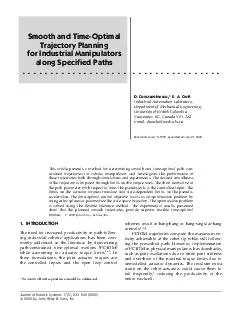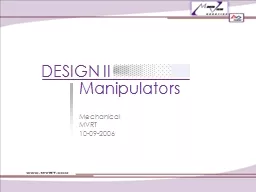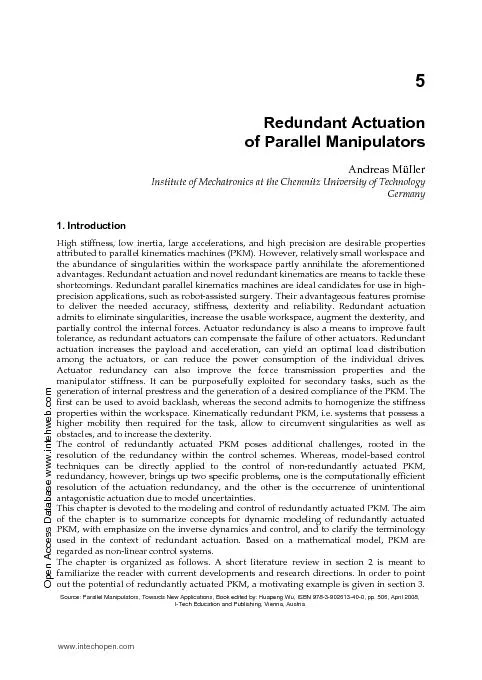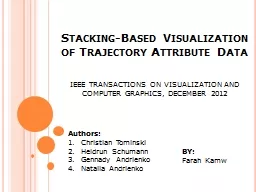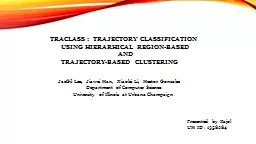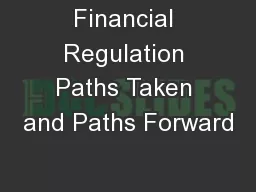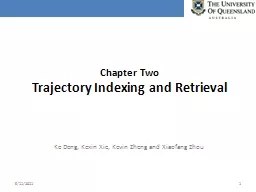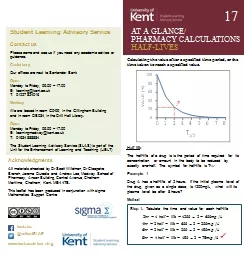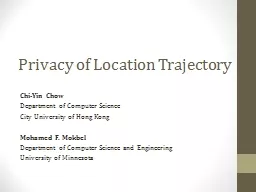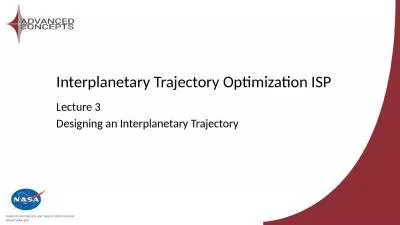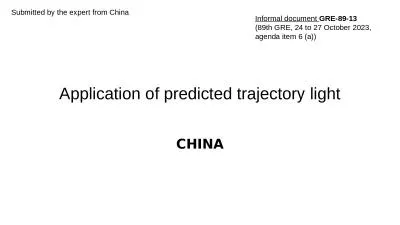PDF-Smooth and TimeOptimal Trajectory Planning for Industrial Manipulators along Specified
Author : sherrill-nordquist | Published Date : 2014-12-22
Constantinescu E A Croft Industrial Automation Laboratory Department of Mechanical Engineering University of British Columbia Vancouver BC Canada V6T 1Z4 email daniela
Presentation Embed Code
Download Presentation
Download Presentation The PPT/PDF document "Smooth and TimeOptimal Trajectory Planni..." is the property of its rightful owner. Permission is granted to download and print the materials on this website for personal, non-commercial use only, and to display it on your personal computer provided you do not modify the materials and that you retain all copyright notices contained in the materials. By downloading content from our website, you accept the terms of this agreement.
Smooth and TimeOptimal Trajectory Planning for Industrial Manipulators along Specified: Transcript
Download Rules Of Document
"Smooth and TimeOptimal Trajectory Planning for Industrial Manipulators along Specified"The content belongs to its owner. You may download and print it for personal use, without modification, and keep all copyright notices. By downloading, you agree to these terms.
Related Documents

